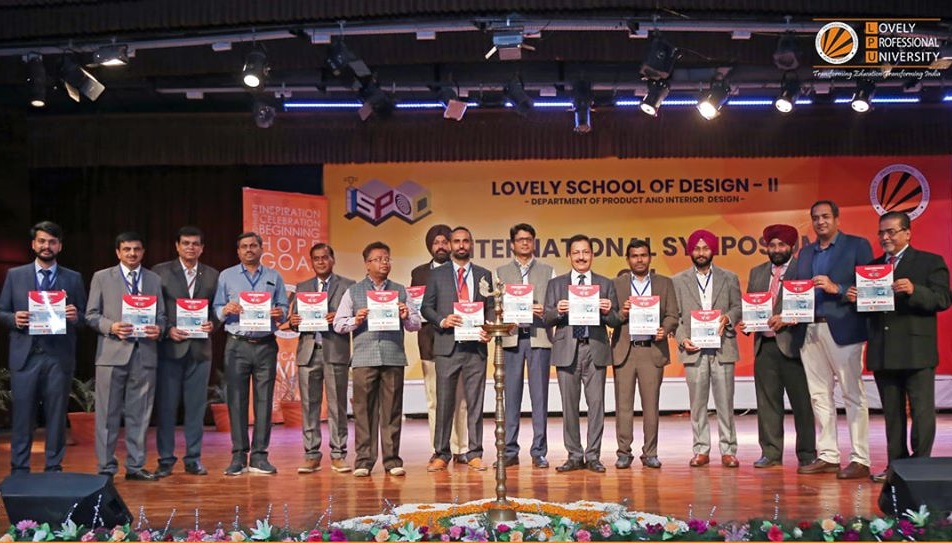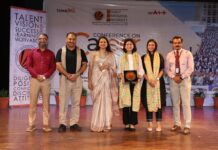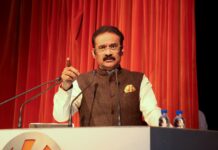The Department of Product & Interior Design at School of Design of Lovely Professional University inaugurated two-Day ‘International Symposium on Product Design’ at Shanti Devi Mittal Auditorium of the university. A galaxy of ‘Design Experts’ of both academia & industry domains from across the globe including the USA, Singapore, DRDO, IITs and more were there to guide and motivate the design-enthusiast students of diverse disciplines.

Including Architecture, thousands of students from other disciplines, including aerospace, pharmacy, bio-sciences, physiotherapy, fashion, fine arts and more, are attending the symposium to learn innovative, result-oriented designing skills.

While addressing the huge congregation of design experts and learners, Symposium Convener & Dean at LPU School of Design, Ar Atul Kumar Singla held: “This symposium is a step towards collaborating industry and academia for transforming a small idea into a million-dollar product or service. In fact, ‘Design’ is the most powerful key to a strong economy for the long-term benefit of all. So, it is important to engage all stakeholders to identify, explore and unlock the potential of budding designers. Prior to this, LPU Executive Dean Dr Sanjay Modi informed that designing needs a keen sense of observation in any given field for its ‘Market Value’. He also shared that be it the field of service, system, communication, interaction, or social-media; designs are direly required by all.
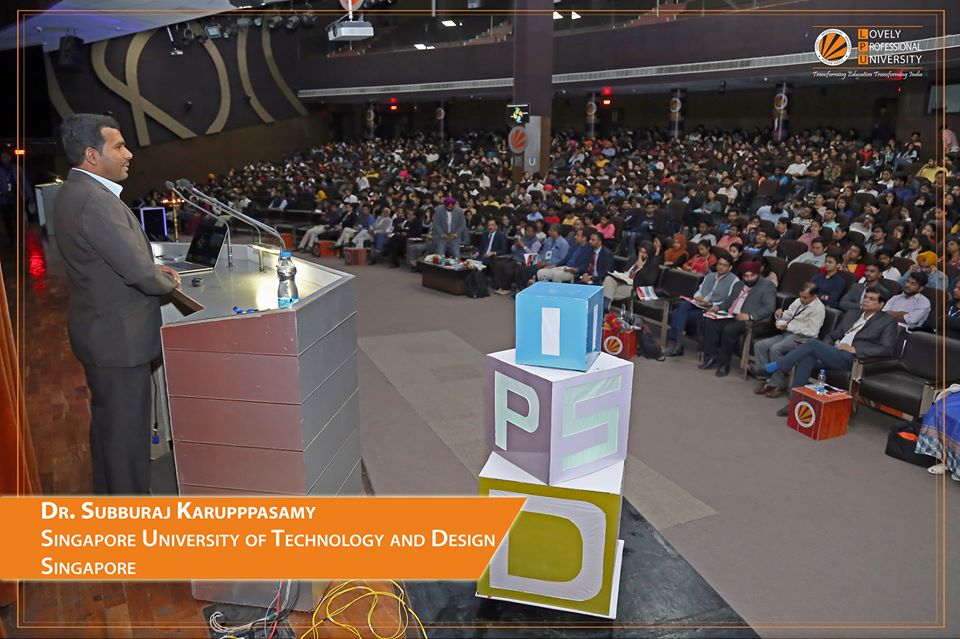
Taking the topic of ‘Design Thinking for Health-Care Innovation, ‘Keynote Speaker’ from Singapore University of Design & Technology, Dr Subburaj Karupppasamy shared: “Design thinking is an open mind-set to address a real-life need by providing innovative design solutions.” Taking the examples of ageing people and an amputated person, he explained, even, how to address unique challenges. For design thinking framework, he suggested three requirements- Identify, Ideate and Implement. For this, he revealed how once he designed a unique amputated body part of a person as per his requirements.
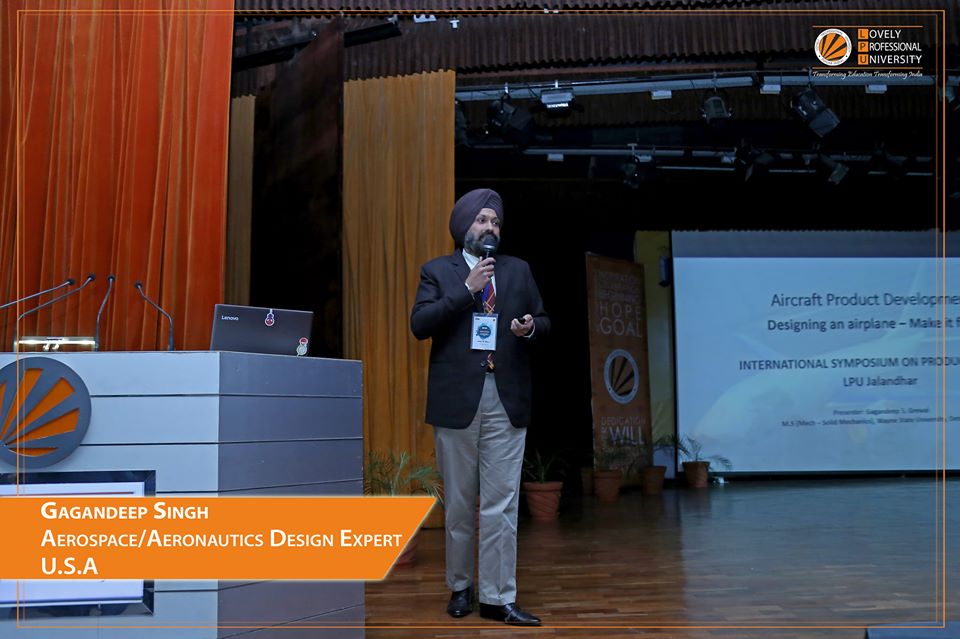
Similarly, Aerospace Designer from Seattle (USA), Gagandeep Singh talked about an ‘Aircraft Design Process’. No doubt, it is very similar to other engineering processes; however, its complexity and stringent safety requirements make it expensive and extended process. In fact, an Air Craft can only enter into commercial production and service after regulatory measures.

Similarly, Prof Dr Pulak Pandey from IIT New Delhi talked about layer by layer material addition depending upon the bonding strength between the two layers. Prof Dr Nishant Sharma from IIT Bombay has peculiar design suggestions for mobility and vehicle design in today’s scenario for global transport issues like sustainable transport, safe & fast travel, clean air and more. LPU designers presented ideas like briefcase cum laptop table; healing shoe for a diabetic foot; futuristic house designs for flood-prone areas; cardboard cycle helmet; farming sky-scrapper: an approach to solve urban food-scarcity; open grass spaces in New Delhi to mitigate air-pollution; Eco-Domes in constructions; ocean waste to beautify Interiors; and, many more.


